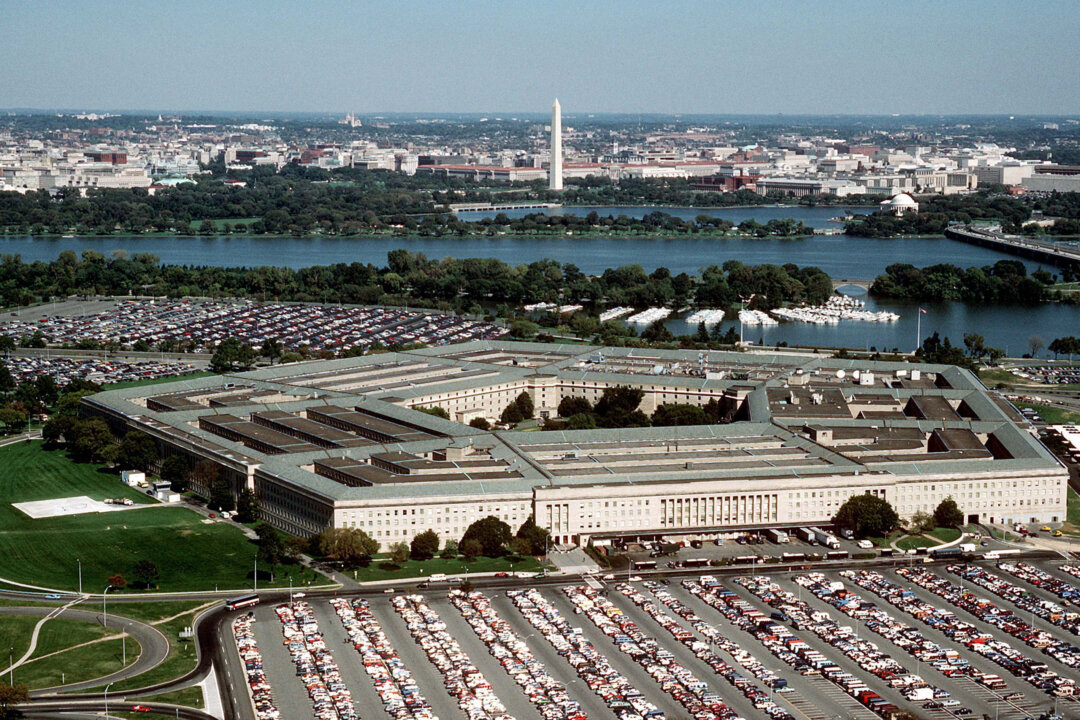Despite their best efforts, antiquated water-treatment plants along the Merrimack River, especially those in Lowell and Manchester, N.H., have been unable to stem the flow of untreated sewage into that waterway in times of excessive rain.
Known as combined sewer overflows, they reached a record high in 2024, with 896 million gallons of effluent released from five treatment plants along the Merrimack, about 30% above the previous 10-year average. Partially treated sewage discharges and street sewer overflows also contributed to that figure. And all that waste flows into the 117-mile interstate waterway, which provides drinking water for more than 600,000 people.

That can cause various public-health alerts, closed beaches and increased emergency room visits for gastrointestinal diseases. Stakeholders from both Massachusetts and New Hampshire have begun getting together to keep each state abreast of the other’s initiatives to solve this pollution problem, conducting their third meeting March 14 at the Lowell Regional Wastewater Utility. Led by Democratic state Sen.
Ed Kennedy of Lowell and Republican state Sen. Bruce Tarr of Gloucester, this bipartisan approach encourages brainstorming for solutions to what has been a truly intractable problem. “We have considered ways to secure federal funding.
We also discussed pulling in a diverse group of partners in New Hampshire,” Kennedy said in a statement. In addition to Kennedy and Tarr, state Sen. Pavel Payano represented Lawrence and Haverhill; New Hampshire state Sen.
Patrick Long represented Manchester. Finding a funding mechanism beyond local and state sources represents a top priority for both Lowell and Manchester, with both cities facing multimillion dollar infrastructure projects to solve the CSO problem. A major citywide and multiyear sewer separation project, estimated to cost at least $300 million, will start construction in late spring in Lowell with a staggered completion scheduled through 2032.
Manchester, which has already invested $100 million over the past 20 years to mitigate CSO activations, will now invest another $360 million into phase 2 of this remediation effort, the Cemetery Brook Drain Tunnel Project. Lowell’s sewer separation project will cover more than 400 acres, consisting of 8 miles of new drains, sewers, and water mains, and installing two new large-diameter drain outfalls to the Merrimack River. The Lowell utility has nine CSO outfalls that contribute 430 million gallons of combined sewage to the Merrimack, Concord rivers and Beaver Brook in a typical year.
But rather than counting on federal or state funds, Lowell plans to lean partially on its water utility ratepayers and the other communities the city’s system serves for a major upgrade of sewerage infrastructure only tangentially associated with the CSO remediation project. The City Council officially endorsed that option at its April 1 meeting as part of nearly $100 million in Lowell Regional Water Utility capital projects over the next five years. The sprawling LRWU facility, located on Pawtucket Boulevard, purifies about 4 billion gallons of water each year, delivering it to more than 135,000 customers while monitoring daily water production under state and federal water quality standards.
The utility is also in charge of repairing and maintaining 215 miles of water mains, 2,400 fire hydrants, and approximately 26,000 water services connections. The $100 million capital plan update lays out the scope of the LWRU’s work, including $15 million for cast iron pipe replacements, $5.5 million in lead service replacements and $23.
5 million in facility upgrades. Of that total sum, $26 million will be put toward rehabilitation of water mains in tandem with the massive combined sewer separation project that will soon launch in the Centralville neighborhood. As mentioned, that major, citywide and multiyear sewer-separation project, estimated to cost at least $300 million, will be managed by the LRWU, which treats the sewage flow from Lowell, Chelmsford, Dracut, Tewksbury and Tyngsboro.
The LRWU also withdraws water from the Merrimack to supply drinking water to those five communities, processing 12 million gallons daily on average. Construction is slated to begin this year with a staggered completion scheduled through 2032. The water utility will piggyback on the wastewater work to make improvements to its aging infrastructure.
The overall capital plan calls on ratepayers to absorb increases of 6% in the first year, 5% in Year 2, 3% in Year 3, 5% in Year 4 and 3% in Year 5. Connor Baldwin, Lowell’s assistant city manager for fiscal affairs, stressed that this financial burden won’t fall entirely on LRWU customers. “Those are costs that are borne by the city, the enterprise fund and the ratepayers — the residents of Lowell and also the communities that purchase water from the LRWU.
” However, that’s still a 22% increase in water/sewer rates over five years to help pay for this $100 million outlay, which represents just one-third of the cost for that $300 million sewer-separation project. That effort received some good news recently from Beacon Hill with the announcement of Lowell’s eligibility for $9.5 million in targeted, low-interest loans courtesy of the Massachusetts Clean Water Trust.
However, putting that in perspective, that accounts for roughly 3% of that project’s estimated cost. That’s why the onus is on that Mass.-N.
H. combined sewer overflow working group to find federal and state funding sources for this massive cleanup plan. There’s only so much ratepayers can provide in higher utility bills.
.
Politics

Editorial: Why CSO rehab beyond Lowell’s ability to subsidize

Despite their best efforts, antiquated water-treatment plants along the Merrimack River, especially those in Lowell and Manchester, N.H., have been unable to stem the flow of untreated sewage into that waterway in times of excessive rain. Known as combined sewer overflows, they reached a record high in 2024, with 896 million gallons of effluent released [...]














